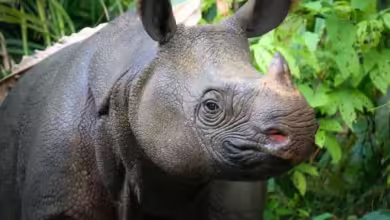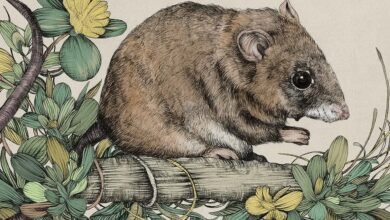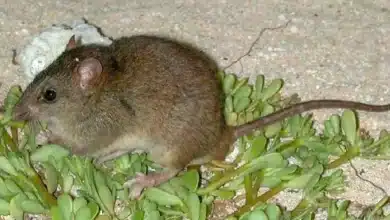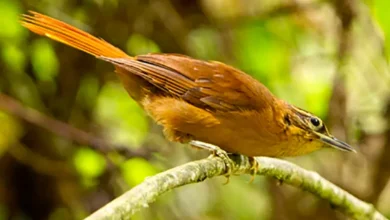Australia’s Most Endangered Animal Species
Many Species Of Animals In Australia Are Endangered And Threatened With Extinction
Australia’s wildlife evolved in insular isolation for hundreds of thousands of years, a circumstance that resulted in a rich array of animals unlike those anywhere else on earth. This unique and highly unusual set of species began coming under intense pressure immediately after the arrival of the first aboriginal people, who not only hunted many of the larger creatures to extinction, but also introduced dogs to the continent—the ancestors of the dingoes, which went feral and began competing with the continent’s native predators. With the advent of Europeans tens of thousands of years after the first aboriginals reached Australian shores, threats to native wildlife increased geometrically, due in many cases to the introduction of many more species from Europe and elsewhere that were able to either eat or outcompete the native animals. These non-native competitors include foxes, domestic cats, and rabbits.

Currently, there are 444 species of fishes, frogs, reptiles, birds, mammals, and other animals on Australia’s Environmental Protection and Biodiversity Conservation Act List of Threatened Fauna. Classifications on the list include Extinct, Extinct in the Wild, Critically Endangered, Endangered, Vulnerable, and Conservation Dependent. Australian animal species that still exist, but which are in the greatest danger of becoming extinct in the wild, are listed as Critically Endangered.
Critically endangered animal species on the EPBC Act List include 4 fishes, 2 frogs, 4 reptiles, 6 birds, 4 mammals, and 20 other animals.
Australia is home to a unique and diverse array of wildlife, but many species are currently facing severe threats and are classified as endangered. Here are some of the most critically endangered animals in Australia, along with the factors contributing to their decline:
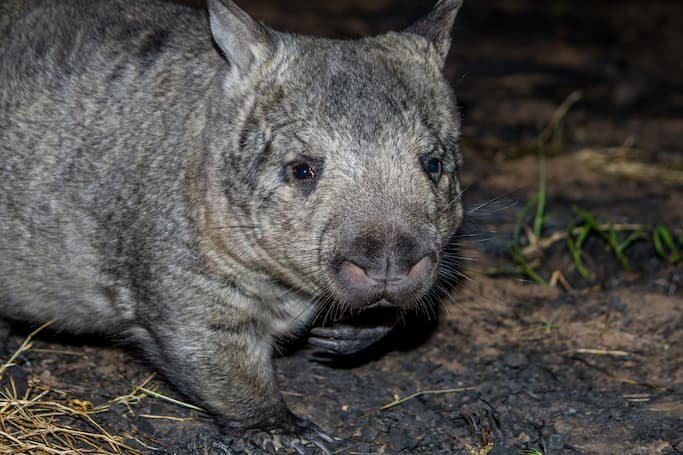
1. Northern Hairy-Nosed Wombat (Lasiorhinus krefftii)
Status: Critically Endangered
Habitat: This species is found in Epping Forest National Park in Queensland.
Threats:
- Habitat loss due to land clearing for agriculture and urban development.
- Predation by introduced species such as dingoes, foxes, and feral cats.
- Competition for food with livestock and other introduced herbivores.
- Limited genetic diversity due to small population size.
Conservation Efforts:
- Protection of habitat through fencing to exclude predators.
- Captive breeding programs.
- Research into improving genetic diversity and increasing population numbers.
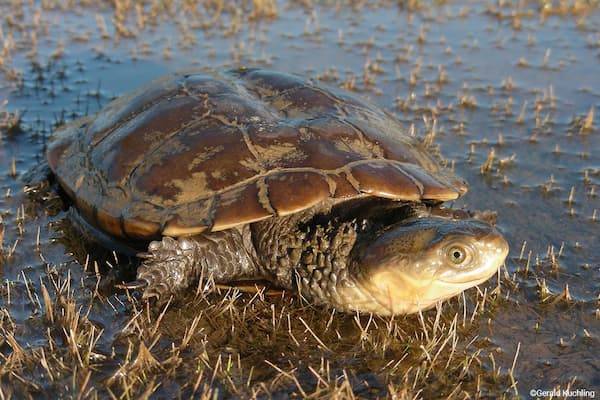
2. Western Swamp Tortoise (Pseudemydura umbrina)
Status: Critically Endangered
Habitat: Restricted to a few swamps in Western Australia.
Threats:
- Habitat destruction due to agricultural expansion and urban development.
- Altered hydrology affecting wetland habitats.
- Predation by introduced species, particularly foxes and cats.
- Climate change impacting water availability in swamps.
Conservation Efforts:
- Habitat restoration and management to maintain water levels in swamps.
- Captive breeding and reintroduction programs.
- Predator control measures.
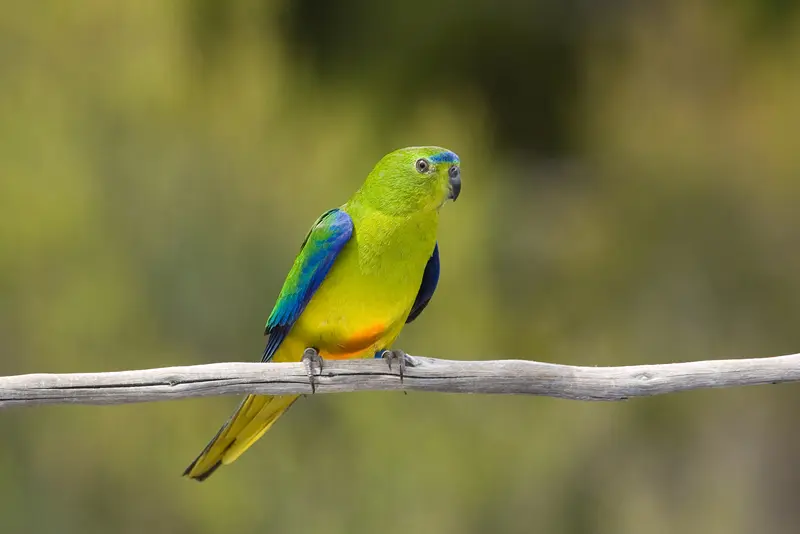
3. Orange-Bellied Parrot (Neophema chrysogaster)
Status: Critically Endangered
Habitat: Coastal and sub-coastal habitats in Tasmania and southern mainland Australia during migration.
Threats:
- Habitat loss and degradation due to land development and agricultural activities.
- Predation by introduced species.
- Low reproductive success and small population size.
- Disease outbreaks.
Conservation Efforts:
- Habitat protection and restoration.
- Captive breeding and release programs.
- Research on migration patterns and breeding success.
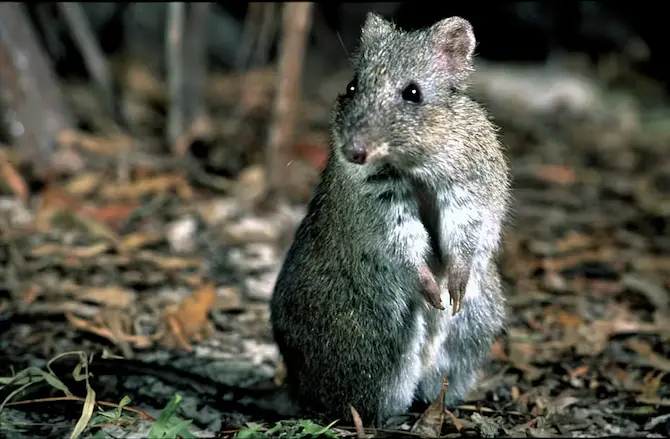
4. Gilbert’s Potoroo (Potorous gilbertii)
Status: Critically Endangered
Habitat: Limited to the Mount Gardner area in Two Peoples Bay Nature Reserve, Western Australia.
Threats:
- Habitat loss due to wildfires and human activities.
- Predation by introduced species like foxes and cats.
- Low genetic diversity and small population size.
Conservation Efforts:
- Habitat protection and fire management strategies.
- Captive breeding and translocation to establish new populations.
- Predator control programs.
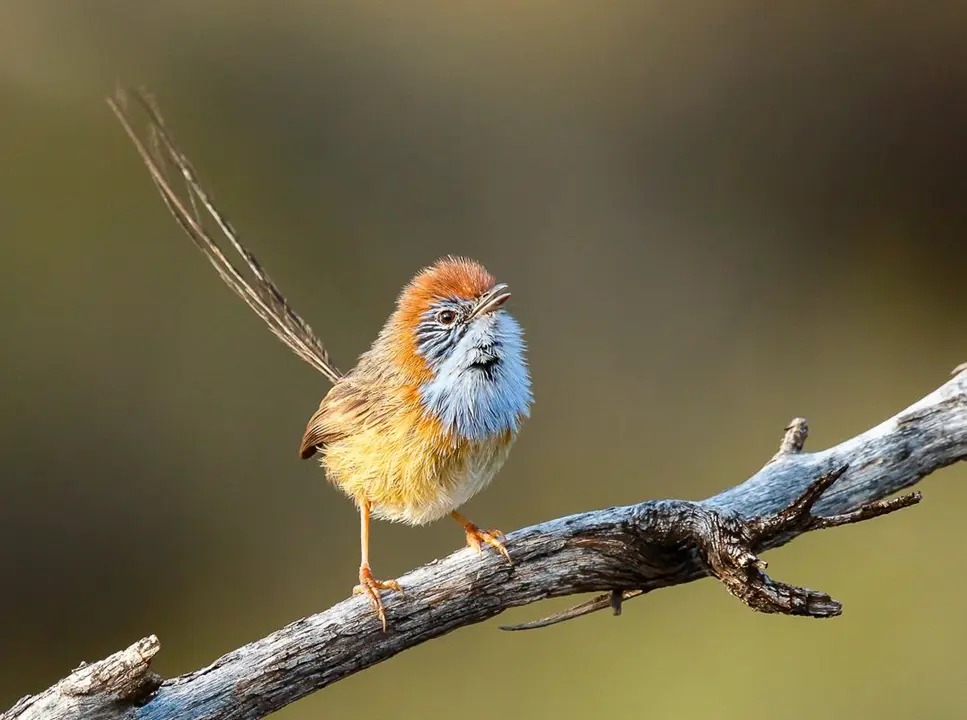
5. Mallee Emu-Wren (Stipiturus mallee)
Status: Endangered
Habitat: Mallee shrublands in southeastern Australia.
Threats:
- Habitat destruction from agricultural development and altered fire regimes.
- Small and fragmented population leading to genetic isolation.
- Predation by introduced species.
Conservation Efforts:
- Habitat restoration and protection.
- Controlled burning practices to maintain suitable habitat.
- Monitoring and research to inform conservation strategies.
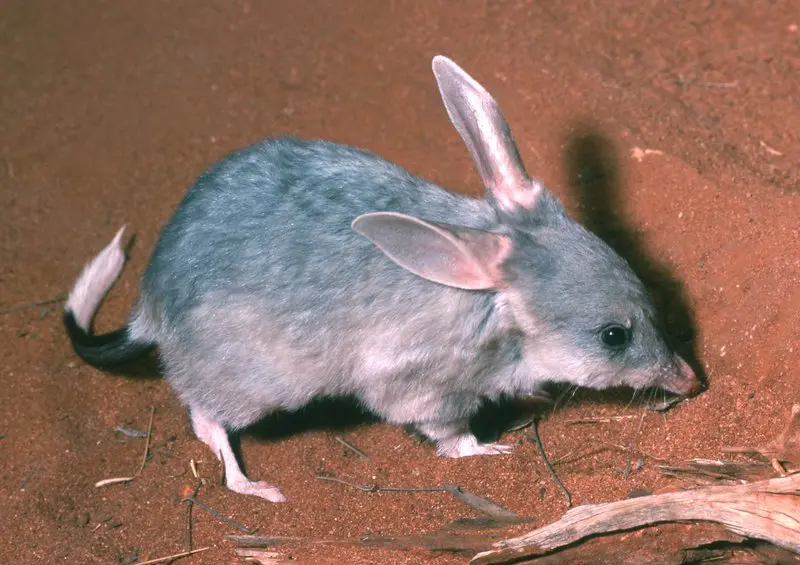
6. Greater Bilby (Macrotis lagotis)
Status: Vulnerable
Habitat: Arid regions across central Australia.
Threats:
- Habitat degradation due to pastoral activities and mining.
- Predation by feral cats and foxes.
- Competition with introduced herbivores for food.
Conservation Efforts:
- Establishment of predator-free reserves.
- Reintroduction programs in areas with suitable habitat.
- Community engagement and education programs to support conservation efforts.
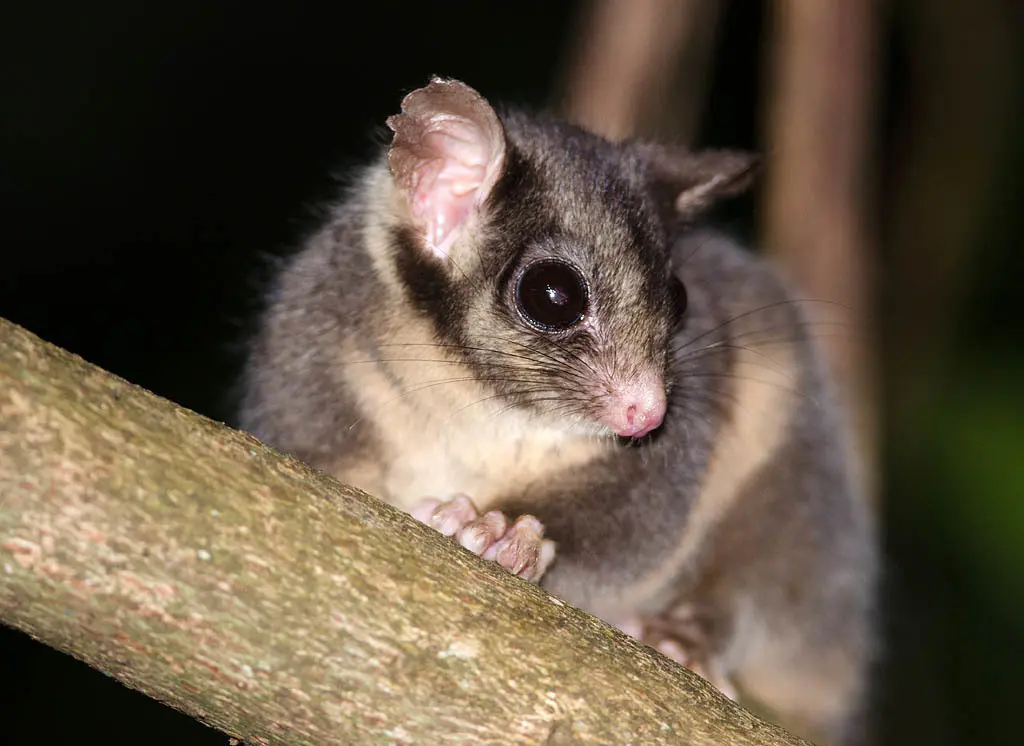
7. Leadbeater’s Possum (Gymnobelideus leadbeateri)
Status: Critically Endangered
Habitat: Mountain ash forests in Victoria’s Central Highlands.
Threats:
- Habitat loss due to logging and bushfires.
- Small, fragmented population leading to genetic bottlenecks.
- Climate change impacting habitat conditions.
Conservation Efforts:
- Logging restrictions and establishment of protected areas.
- Habitat restoration projects.
- Research and monitoring programs to support population recovery.
Conclusion
Australia’s endangered species face a myriad of threats, primarily driven by habitat destruction, introduced predators, and climate change. Conservation efforts are underway for many species, involving habitat protection, captive breeding, and reintroduction programs, but continuous and increased efforts are necessary to ensure their survival. Effective conservation requires a collaborative approach, engaging government agencies, conservation organizations, researchers, and local communities.
View the full EPBC Act List here.
